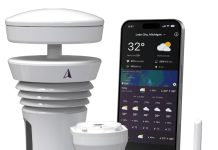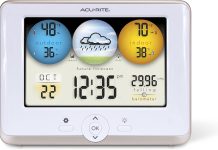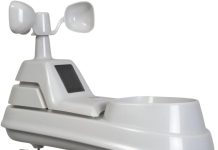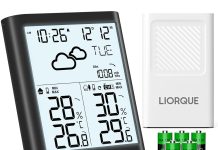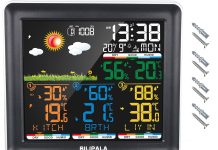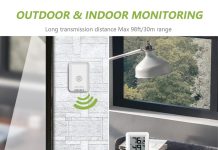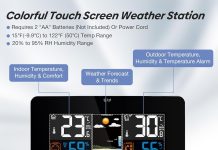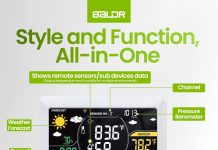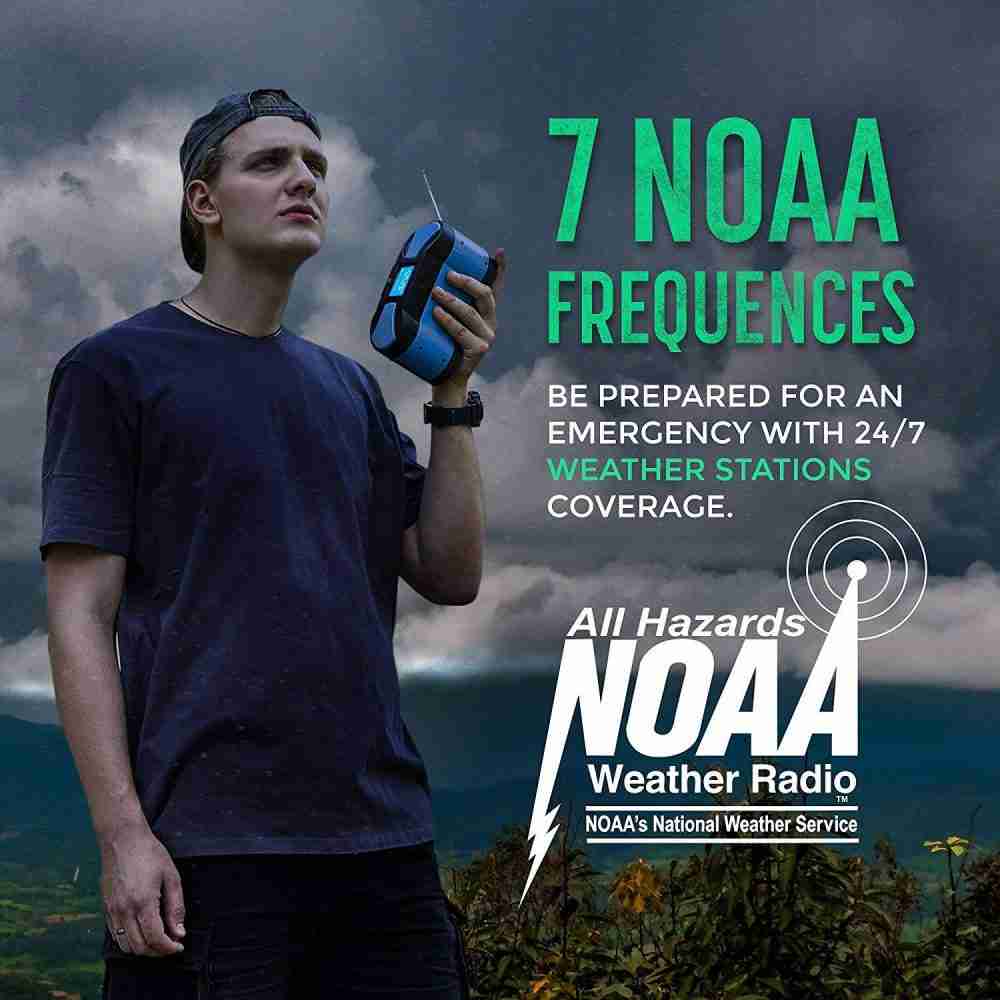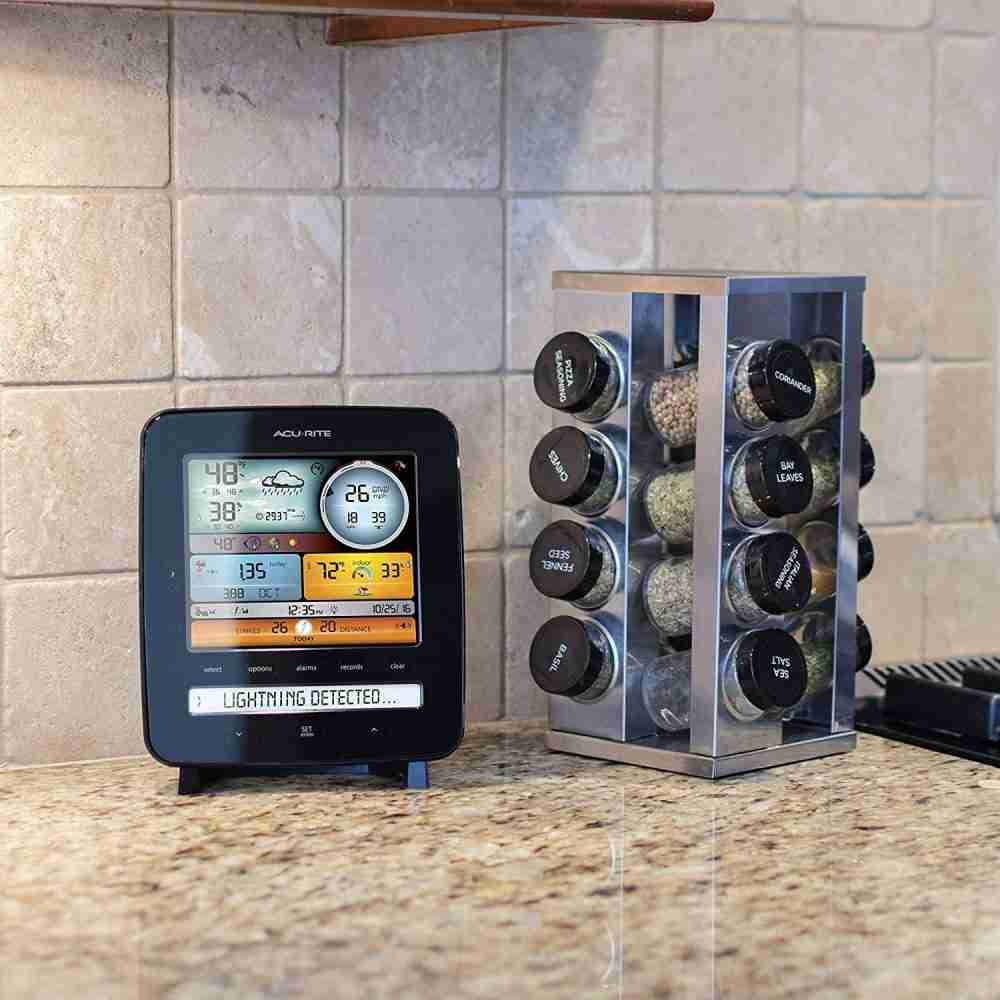When it comes to choosing a home weather station, the debate between wired and wireless options has long raged. With both offering their fair share of advantages and disadvantages, it can be challenging to decide which one is better suited for your needs. In this article, we will explore the pros and cons of both wired and wireless home weather stations, helping you make an informed decision that adapts seamlessly to your lifestyle and provides accurate weather updates. So, whether you prefer the convenience of wireless or the reliability of wired technology, we’ve got you covered. Stay tuned to find out which option comes out on top! When it comes to choosing a home weather station, one of the first decisions you will need to make is whether to go with a wired or wireless option. Both options come with their own set of advantages and disadvantages, so it’s important to weigh them carefully before making a decision. In this article, we will explore the benefits and drawbacks of both wired and wireless home weather stations, and provide some tips for choosing the right one for your needs.
Benefits of a Wired Home Weather Station
1. Enhanced Accuracy
One of the biggest advantages of a wired home weather station is its enhanced accuracy. Since the sensors are directly connected to the indoor display unit through wires, there is less chance for interference or data loss. This means that you can rely on the data obtained from a wired weather station to be more precise and reliable.
2. Reliability
Due to the direct connection between the sensors and the display unit, wired home weather stations tend to be more reliable than their wireless counterparts. There is no need to worry about signal loss or interference, which can be an issue with wireless devices. This reliability is particularly important if you live in an area prone to extreme weather conditions, as you need accurate and timely data to stay informed and prepared.
3. Extended Range of Sensors
Another advantage of a wired home weather station is the ability to connect a larger number and wider variety of sensors. This allows you to monitor a broader range of weather conditions, such as wind speed and direction, rainfall, temperature, humidity, and even UV radiation. With a wired system, you have the flexibility to customize your weather station according to your specific needs and interests.
4. Minimal Interference
Since wired home weather stations rely on physical connections, they are less susceptible to interference from other electronic devices or external factors. This means that you can place the sensor components in locations where wireless signals may be obstructed or affected, such as near buildings or trees. With minimal interference, you can have peace of mind knowing that your weather station is delivering accurate and uninterrupted data.
5. Advanced Data Logging
Wired home weather stations often come equipped with advanced data logging capabilities. This means that you can store and analyze historical weather data, allowing you to track trends and patterns over time. Some models even offer the ability to connect to a computer or mobile device for real-time data monitoring and analysis. Whether you are a weather enthusiast or a professional meteorologist, this can be an invaluable feature for gaining a deeper understanding of weather patterns in your area.
Drawbacks of a Wired Home Weather Station
1. Installation Complexity
One of the main drawbacks of a wired home weather station is the complexity of installation. Setting up a wired system requires running wires from the sensors to the indoor display unit, which can be time-consuming and may require drilling or making modifications to your home. If you are not comfortable with DIY projects or do not have the necessary tools and skills, hiring a professional for installation may be necessary.
2. Limited Placement Options
Since wired home weather stations rely on physical connections, they have limited placement options compared to wireless systems. The sensors and display unit need to be within the reach of the connecting wires, which can restrict their placement to areas near the house or where the wires can be hidden. This limitation may be inconvenient if you want to place the sensors in a more exposed or remote location for better data collection.
3. Higher Cost
Wired home weather stations tend to be more expensive than their wireless counterparts. The cost of materials and installation can quickly add up, especially if you need to cover a large area or have multiple sensors. Additionally, if you need to hire a professional for installation, the labor costs can further contribute to the overall expense. For budget-conscious individuals, the higher cost of a wired system may be a factor to consider.
Advantages of a Wireless Home Weather Station
1. Ease of Installation
One of the biggest advantages of a wireless home weather station is its ease of installation. With wireless systems, there is no need for running wires or making modifications to your home. Simply mount the sensors in the desired locations, connect them wirelessly to the indoor display unit, and you’re good to go. This makes wireless weather stations a great option for those who prefer a hassle-free setup.
2. Flexibility in Placement
Wireless home weather stations offer more flexibility in terms of sensor placement. Since the sensors communicate wirelessly with the indoor display unit, you have the freedom to position them in areas that might be difficult to access with a wired system. This flexibility allows you to capture data from different locations on your property, providing a more comprehensive understanding of local weather conditions.
3. Lower Cost
Compared to wired systems, wireless home weather stations tend to be more budget-friendly. The lack of wiring and installation requirements reduces both material and labor costs. If you are looking for an affordable option that still provides accurate weather data, a wireless system may be the way to go.
4. Remote Monitoring
One of the standout features of wireless home weather stations is the ability to remotely monitor the weather data. Many wireless models offer connectivity options such as Wi-Fi or Bluetooth, allowing you to access real-time weather information through your smartphone, tablet, or computer. This remote monitoring capability enables you to stay informed about weather conditions even when you are away from home, making it a convenient feature for those who like to keep an eye on the weather while on the go.
Disadvantages of a Wireless Home Weather Station
1. Potential Interference
The wireless signal used by home weather stations can be susceptible to interference from other electronic devices or even environmental factors such as buildings, trees, or other wireless networks. This interference can result in data inaccuracies or partial signal loss. While advancements in wireless technology have greatly minimized this issue, it is still something to consider when choosing a wireless system.
2. Signal Loss
In some cases, wireless home weather stations may experience signal loss between the sensors and the indoor display unit. This can happen if there are significant barriers or obstructions, such as thick walls or a large distance, between the two components. To mitigate signal loss, it is important to ensure that the sensors and display unit are within an optimal range and that there are no major obstructions in the signal path.
3. Battery Life
Wireless home weather stations rely on battery power to operate the sensors and transmit data. Depending on the quality of the batteries used and the frequency of data transmission, you may need to replace the batteries regularly. This ongoing cost and maintenance requirement should be taken into account when considering a wireless system.
4. Limited Sensor Range
Wireless home weather stations typically have a limited sensor range compared to wired systems. The distance between the sensors and the indoor display unit can impact the quality and reliability of the signal transmission. If you have a large property or want to monitor weather conditions in locations that are far from the display unit, a wireless system may not be the most suitable choice.
Choosing Between Wired and Wireless
When it comes to choosing between a wired and wireless home weather station, there are several factors to consider. Here are some tips to help you make an informed decision:
1. Consider Your Needs and Preferences
Think about what you hope to gain from a home weather station. Do you want to monitor a wide variety of weather conditions? Are you looking for a convenient setup or are you willing to invest more time and effort for enhanced accuracy? Understanding your needs and preferences will help you determine which type of weather station aligns best with your goals.
2. Assess the Location and Environment
Take into account the specific location and environment where the weather station will be placed. Consider factors such as potential interference, signal strength, and the availability of power sources. If you live in an area with dense vegetation or numerous wireless networks, a wired system may be more reliable. On the other hand, if you need flexibility in sensor placement or have limited access to power outlets, a wireless system may be more suitable.
3. Budget Constraints
Consider your budget and the overall cost of the weather station, including both the initial investment and any ongoing maintenance or replacement costs. Compare the prices of wired and wireless systems, and factor in any additional expenses such as installation or battery replacements. This will help you determine which option provides the best value for your money.
4. Evaluate Sensing Requirements
Think about the specific weather conditions you want to monitor and whether a wired or wireless system can accommodate those needs. If you require a wide range of sensors or want to capture data from different locations, a wired system may be more suitable. However, if you are primarily interested in basic weather parameters and value ease of installation and remote monitoring, a wireless system may be a better fit.
Factors to Consider when Purchasing a Home Weather Station
Once you have decided between a wired or wireless home weather station, there are several factors to consider when making a purchase:
1. Accuracy and Precision
Look for a weather station that offers high accuracy and precision in its measurements. Read product reviews and check for certifications or endorsements from reputable organizations to ensure that the weather station delivers reliable and trustworthy data.
2. Sensor Range
Consider the range of the weather station’s sensors and whether it aligns with your monitoring goals. If you need to capture data from a distant location or have a larger property, make sure the weather station has the necessary range to provide accurate readings.
3. Connectivity Options
If remote monitoring is important to you, choose a weather station with connectivity options that suit your needs. Wi-Fi or Bluetooth connectivity allows for convenient access to real-time weather data through your preferred devices.
4. Power Source
Determine whether the weather station operates on batteries or requires a power outlet. Consider the ongoing cost and maintenance of battery replacements, as well as the availability of power sources in the chosen location.
5. Data Logging and Analysis
If you are interested in analyzing historical weather data or tracking long-term trends, look for a weather station with advanced data logging and analysis features. This will allow you to make more informed decisions based on comprehensive data.
6. Durability and Weather Resistance
Ensure that the weather station is built to withstand the elements and has sufficient weather resistance. Look for features such as waterproof or weatherproof construction to ensure long-lasting performance.
7. Maintenance and Support
Consider the level of maintenance required for the weather station and whether it comes with a warranty or reliable customer support. A reputable manufacturer or seller can provide assistance in case of any issues or concerns.
In conclusion, whether you choose a wired or wireless home weather station depends on your specific needs and preferences. Both options come with their own set of advantages and disadvantages, so it’s important to carefully consider factors such as accuracy, reliability, installation complexity, placement options, cost, and monitoring requirements. By weighing these factors and considering the tips mentioned in this article, you can make an informed decision and find a home weather station that suits your needs and helps you stay informed about current and future weather conditions. Happy weather monitoring!


